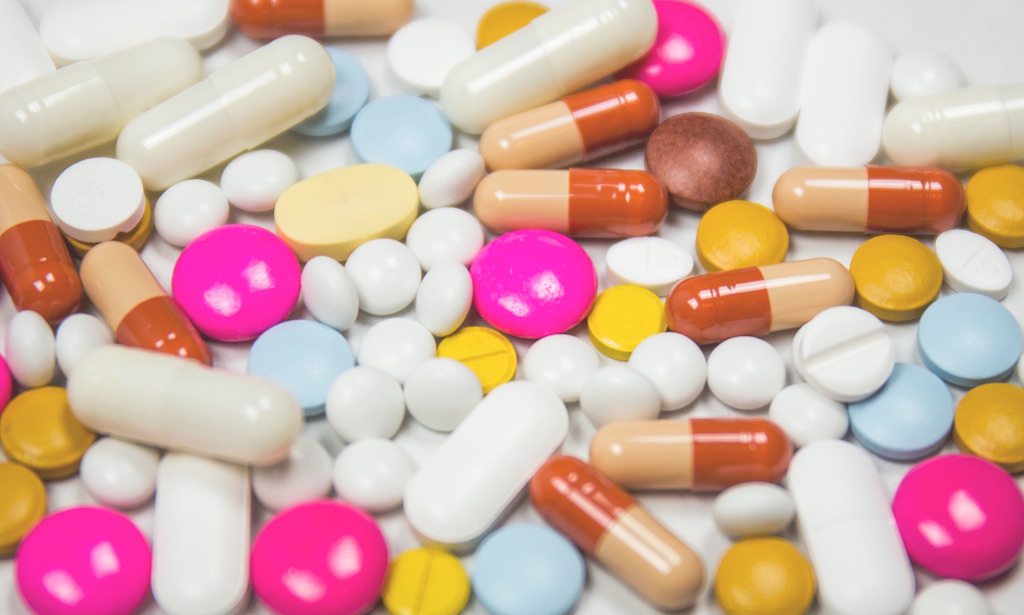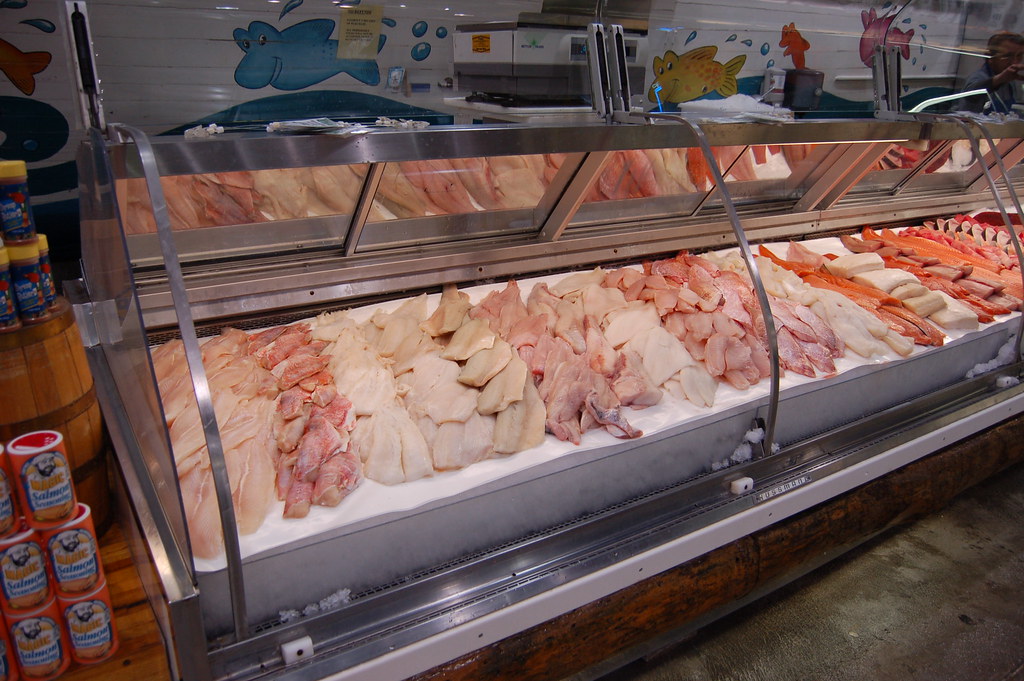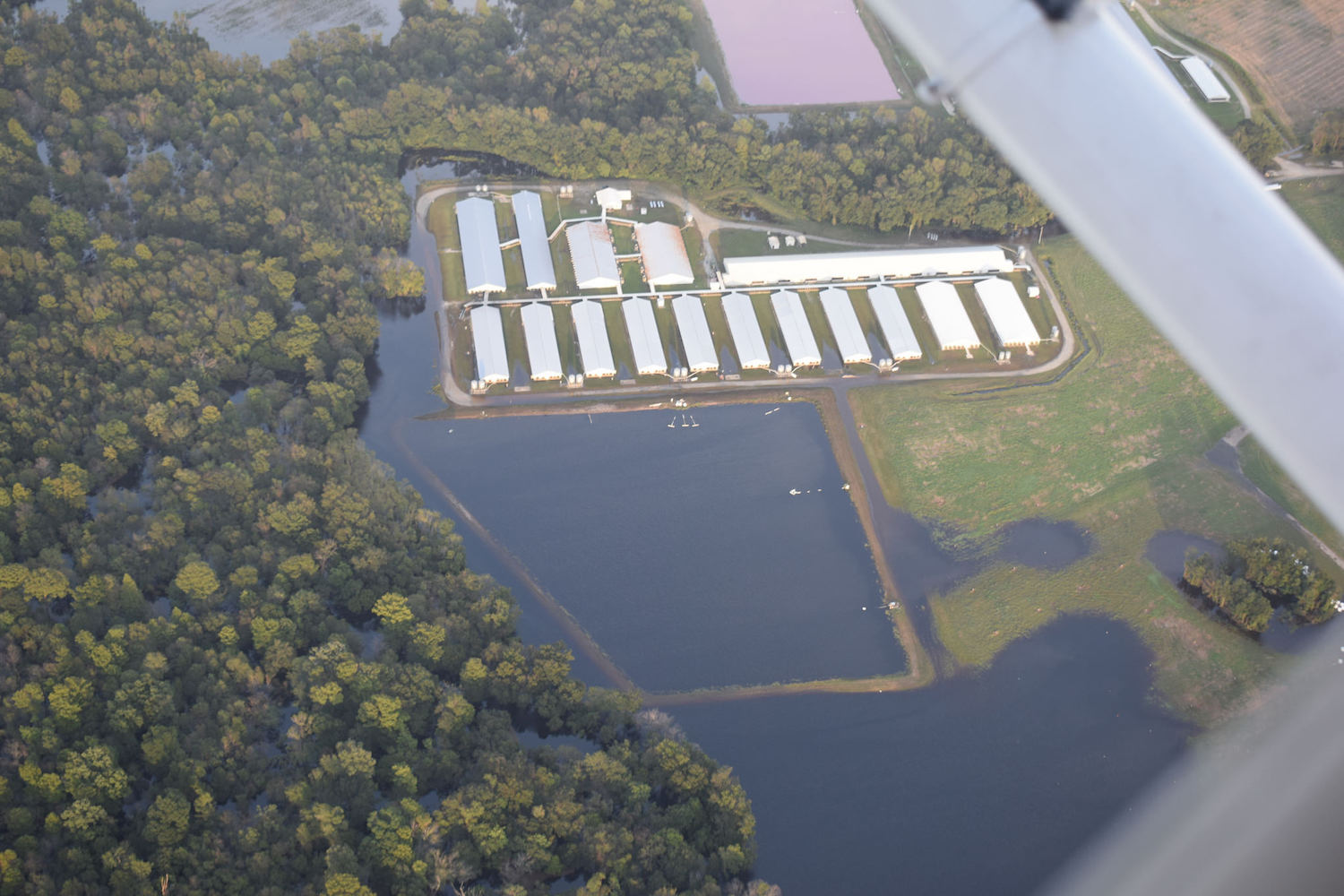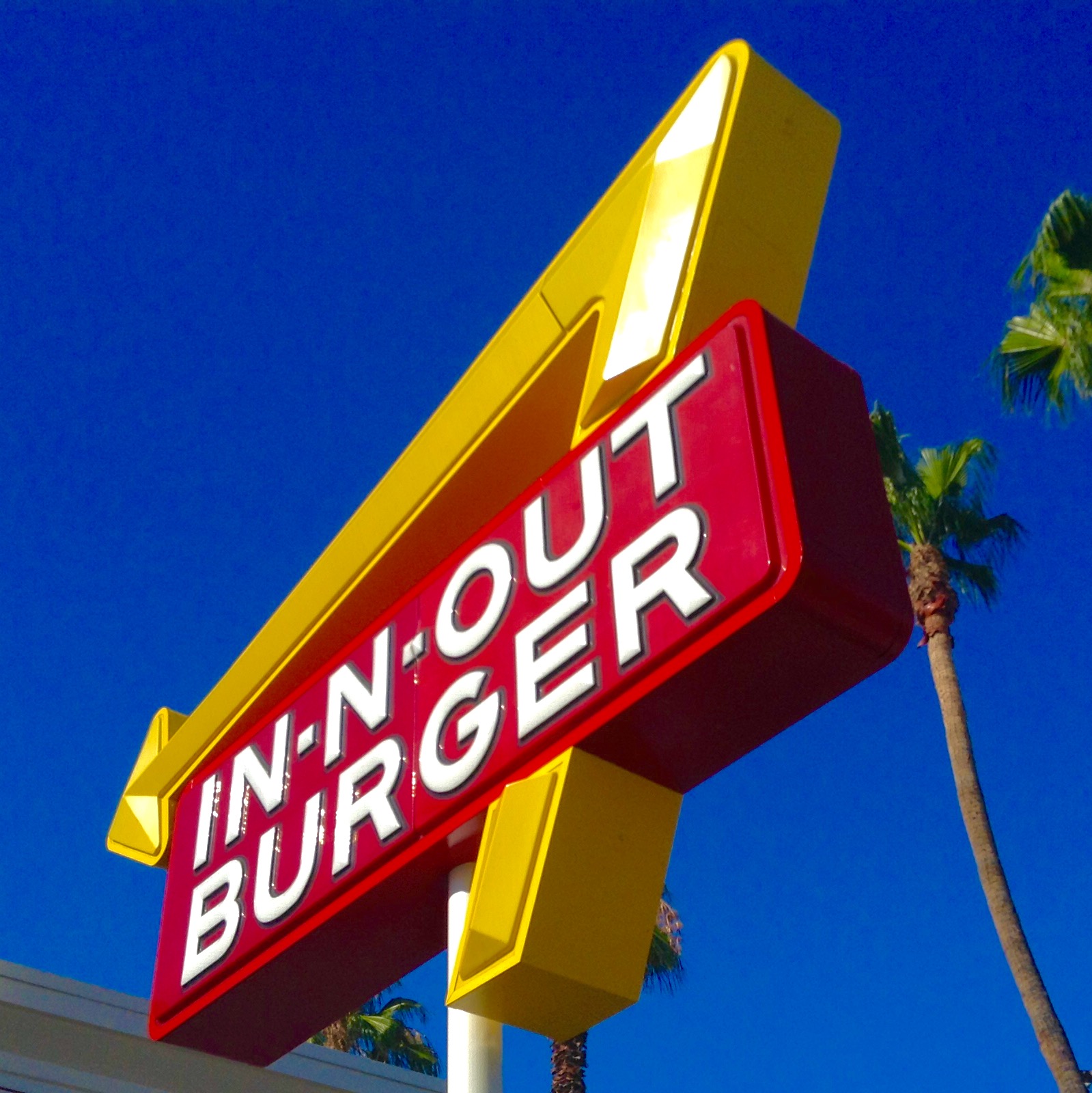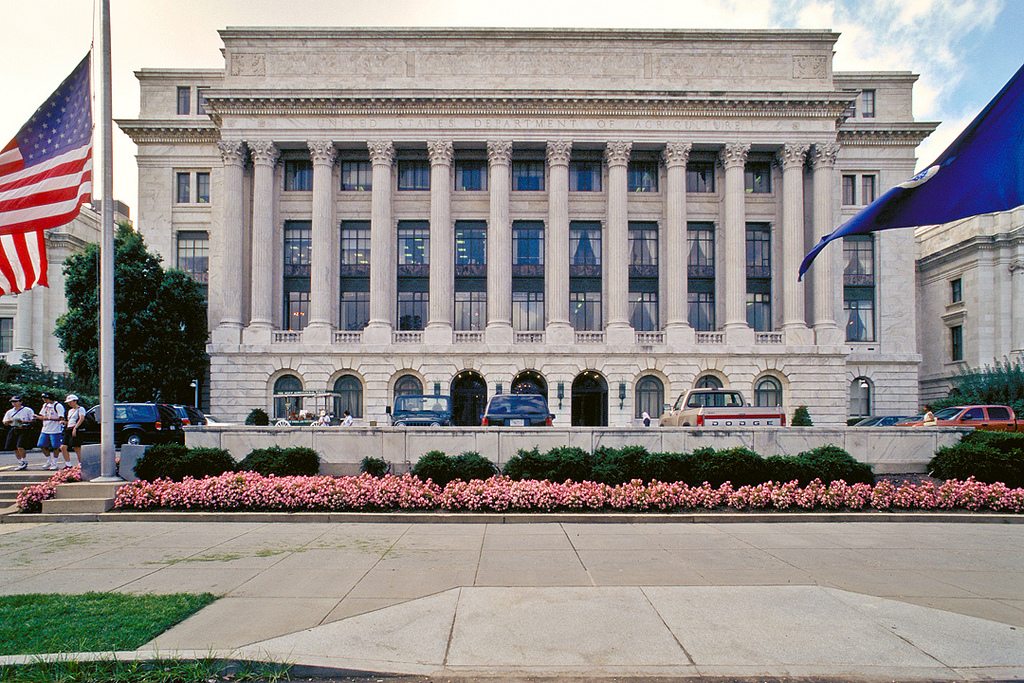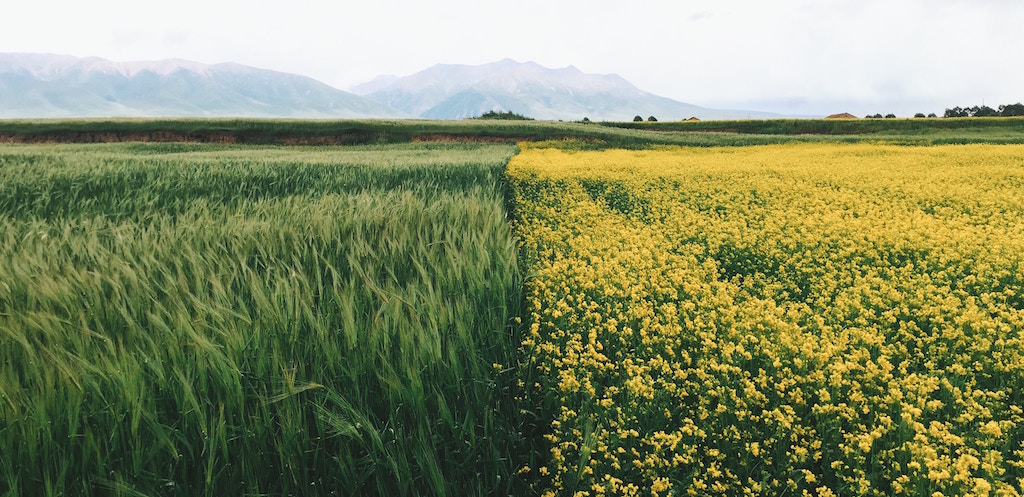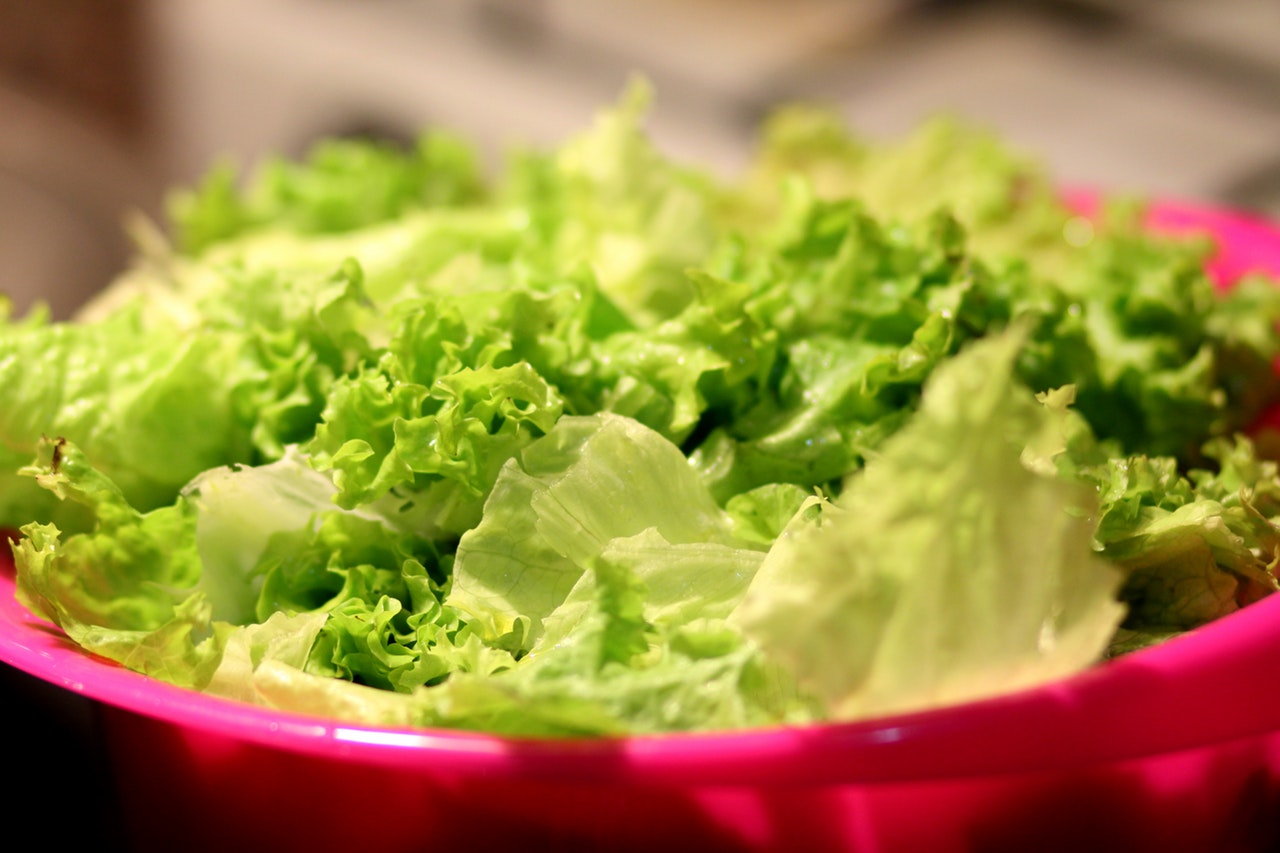
Daian Gan/Pexels
Last Friday, a federal judge in California told the Food and Drug Administration (FDA), the nation’s leading food regulator, to stop dragging its feet on the long-awaited rules surrounding food recalls and outbreaks of foodborne illness.
U.S. District Court Judge Yvonne Gonzalez Rogers ordered the Department of Health and Human Services (HHS) and FDA to designate a list of “high-risk foods,” create new record-keeping requirements for some companies that handle those foods, and post that information publicly by 2020. The agencies had been sued by two consumer advocacy groups, the Oregon-based Center for Food Safety and the California-based Center for Environmental Health, alleging that the government agencies were not complying with an important food safety timetable.
Part of those regulations revolve around high-risk foods—defined as those that are most commonly recalled, or are produced in a way that makes them more likely to harbor harmful bacteria. The agency’s not yet saying what those foods are, but the most likely candidates are raw fruits and vegetables like romaine lettuce, spinach, and cantaloupe, says Thomas Gremillion, director of food policy for the Consumer Federation of America.
Those foods were supposed to have been designated high-risk by 2012, Food Safety News reports. Once that finally happens, FDA will begin forcing the middlemen companies that handle those foods—such as packers, processors, and distributors—to keep better records of where the foods and their ingredients came from, and where they were sent. Those rules will go through a period of public comment, with final rules to be issued no later than November 2022.
By forcing companies to keep better “traceback” records, as the recall chain is called in the industry, they will be better able to identify how a food was contaminated, and hopefully, avoid the source of that bacteria in the future. Some food safety experts, however, are skeptical, because the agency’s record-keeping requirements, as described in FSMA, don’t apply to the entirety of the supply chain—what’s known as the “full pedigree.”
There’s some evidence that these kinds of lists, if released strategically, can generate enough negative publicity to shame food companies into changing their products. “Chain Reaction,” an annual report led by the U.S. Public Interest Research Group (U.S. PIRG), grades the country’s largest fast-food restaurants on the prevalence of antibiotics in their meat supply. It’s shared widely, and covered breathlessly, which has the effect of getting results. KFC, for instance, committed to phasing antibiotics out of its chicken after receiving a failing grade in a 2016 report. Other chains, like Subway and Taco Bell, have made similar commitments. (Meat and poultry are regulated by USDA, not FDA.)
In other instances, companies are actually required to slap warning labels on their foods. There’s no plan for the FDA to require them on oft-recalled items, but there is some evidence that scarlet letters do work. Since 1987, California has published a list of potentially carcinogenic chemicals, generally referred to as the Proposition 65 list. Rather than carry the cancer warning label, Coca-Cola and Pepsi, for instance, removed a carcinogenic chemical called 4-methylimidazole they used for caramel coloring. Other companies removed lead as an ingredient from imported wine caps and candy, decisions that have been attributed to the looming label. (A group of baby food companies, who had been sued over the presence of lead in their products, successfully warded off the label.)
Nevertheless, Acheson insists that a broad, commodity-wide warning won’t prevent outbreaks of salmonella and E. coli, because you can’t shame an entire supply chain. “If we lived in a total command-and-control society, you could do that,” he says. “But I wouldn’t want that for a second.”
The list of high-risk foods, and the record-keeping requirements, will be submitted to the Federal Register by September 8, 2020.

